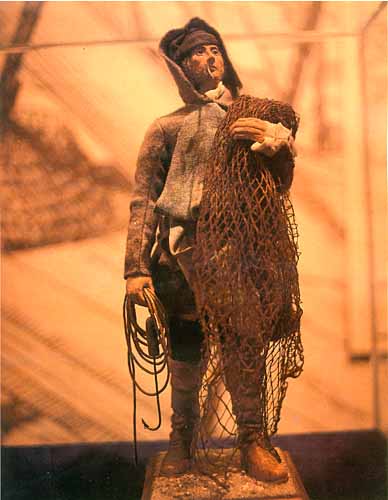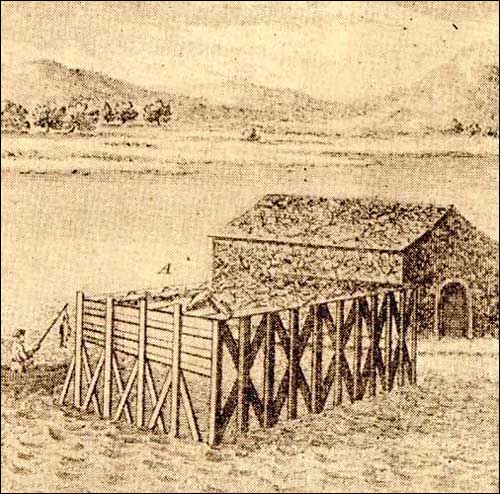Seasonal fishermen
Seasonal fishermen came to Newfoundland from many areas, such as Bayonne and Labourd, to fish for the summer. In February 1697 a regulation specified a maximum of 60 seasonal fishermen, but this does not seem to have been observed. In Plaisance, the need for labour was considerable, and in 1690 the governor of the colony thought that perhaps the number of shallops that each planter could operate should be limited to three.

The seasonal fishermen, who fished in shallops, worked either for a planter, or for a ship from France. While the crews were fishing, teams of shoremen (beach workers under the control of a beach master) washed, cleaned, salted and stacked the cod. The crew of a shallop was made up of a master, a stower, a bosun, and sometimes a boy. These crews were known as fishing associates. The shallop master controlled and selected the grounds to be fished, while on land the beach master organized the drying. The bosun was next in line in the shallop crew, both in terms of experience and remuneration. His post was at the bow of the shallop and he was responsible for dropping the anchor on the fishing ground and steering the shallop back to the stage. The stower was responsible for loading the cod.

The wages of the seasonal fishermen were calculated on a basis of 600 quintals for two shallops, and the payment was made in quintals. The expression "paid by sharing one third" was also used. In a normal fishing season every fisherman brought in 38 quintals of dried, salted cod. By multiplying these 38 quintals by three, the third can be calculated as equivalent to 114 quintals.
The shoremen had to gut, salt and spread out the cod on flakes or on the beaches so that it could dry. They turned the cod over periodically to protect it from moisture or too much heat. Each team of shoremen was made up of a minimum of a master, a salter, a header and a boy. In effect, the latter was called upon to do anything that the men wanted. A team of four shoremen could provide a processing capacity sufficient for two shallops.
| Hired hands at Plaisance 1673-1710 |
|
| Year | Number |
| 1673 | 8 |
| 1693 | 80 |
| 1704 | 695 (504 were present at the time of the census; 191 more came later) |
| 1705 | 255 |
| 1706 | 299 |
| 1710 | 267 |




